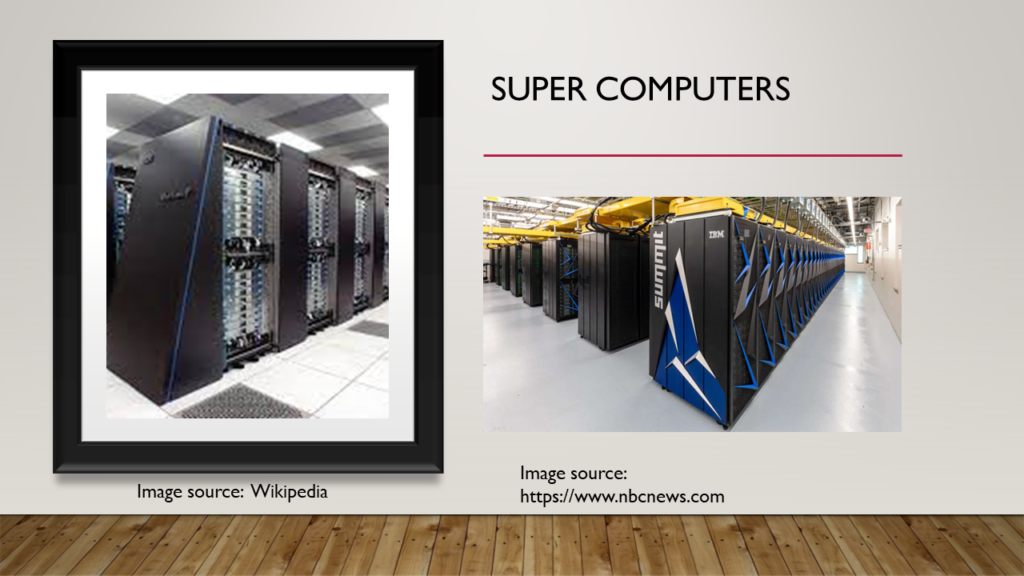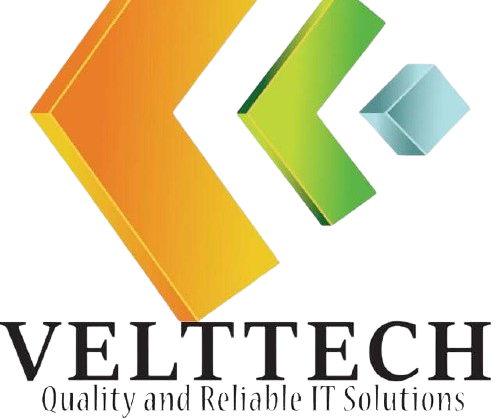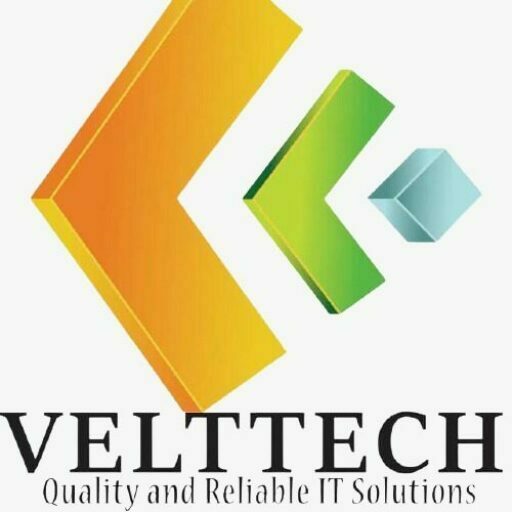What is a Computer?
A computer is an electronic device that is capable is accepting, processing, and giving out information.
Basic Functions of Computers
Computers are built to perform the following basic operations:
- Accepting information (input): The computer allows users to input data using input devices such as microphone, keyboard, and mouse.
- Processing Data: The computer is capable of processing data into meaningful information using the CPU.
- Storage: The computer provides space for processed information so that it can be used again in the future. The computer uses it’s memories to store information for output.
- Output: The computer uses devices such as the monitor to display processed information to users.
CLASSIFICATION OF COMPUTERS
Computers can be classified according to the following;
- Classification by purpose
- Classification by capacity and size.
- Classification by nature or type
CLASSIFICATION OF COMPUTERS BY PURPOSE
Computers can be classified based on the purpose they were designed for. The classification of computers by purpose has been subdivided into General Purpose Computers and Special Purpose Computers
GENERAL PURPOSE COMPUTERS
General Purpose computers are designed to solve varieties of problems depending on the type of software used.
These types of computers are sometimes referred to as TURING COMPLETE because of their ability to solve complex and diverse computational problems.
SPECIAL PURPOSE COMPUTERS
Special Purpose computers are designed to solve specific or special problems. Eg. Traffic lights, Calculators, Digital Camera, Digital thermometers, Automated Teller Machine (ATM).
CLASSIFICATION OF COMPUTERS BY CAPACITY AND SIZE
Computers can be grouped according to their capacities and physical size, speed, storage, cost, and live ware (users). Computers can be classified as Super Computers, Mainframe Computers, Minicomputers, and Personal Computers.
SUPER COMPUTERS

- Super computers were first introduced in the 1970s
- They are the most expensive
- They are the most powerful computers
- They are large enough and can fill an entire room
- Scientist and businesspeople use them to solve complex problems in research and industry.
- They are number crunchers because they can quickly analyze large quantities of numerical data.
- The computing speed of supercomputer is measured megaflops.
MAINFRAME COMPUTERS
- Mainframe computers were introduced in the late 1960s.
- They can perform task at the same time.
- They are large
- They can run multiple operating systems.
- They have large storage space.
- They have high processing speed
- They are usually used by banks, airlines, large business government agency and universities.
MINICOMPUTERS
- They were introduced in the late 1950s
- They are much smaller than main frame computers and some even can fit of a table
- They store large amount of data compared to microcomputer.
- They have terminals connected to them.
MICROCOMPUTERS
- They were made to be used by a single user at a time
- Microcomputers are small
- They are relatively inexpensive
- They are easily moved about
- They can fit on a table.
EXAMPLES OF MICROCOMPUTER.
- Desktop computer
- Network computer
- Laptops
- Palm tops or PDA (PERSONAL DIGITAL ASSISTANCE)
PERSONAL COMPUTER (PC)
Personal computer refers to a microcomputer that is designed to be used by single users to help them do their own work at their offices and homes.
Example of personal computers are the desktop unit system and the tower case unit system. Desktop unit system is wide and flat and are often placed on the table. You can put your monitor on top of the desktop unit system. Tower case computers are tall and are often placed on the ground.
LAPTOP COMPUTER
A laptop computer is a microcomputer designed for mobile use. A laptop computer is powered by electricity through its rechargeable battery
Advantages and Disadvantages of Laptops
ADVANTAGES OF LAPTOPS.
- They are portable
- They are compact
- They have low powered consumption
- They have rechargeable batteries which enable them to work even when there is power outage.
DISADVANTAGES OF LAPTOPS
- They are relative expensive compared to desktop computers.
- It can easily be stolen due to its portability
- Laptop parts are relatively expensive compared to desktop computers.
- They are relatively difficult to repair when they get damaged as compared to desktop computers.
- They can easily get damaged since they are potable. Eg. one can mistakenly drop it.
Difference Between Laptops and Desktop Computers
| Laptop Computers | Desktop Computers |
| They are portable | They are not potable |
| They can be easily setup | They are not easily set up |
| They are more expensive | They are less expensive |
| They are smaller | They are bigger that laptops |
| They are compact (Components are together as a single package) | They are not compact |
| They have rechargeable batteries | They do not have rechargeable batteries |
CLASSIFICATION OF COMPUTERS BY THEIR NATURE
Under classification by nature/type, computers are grouped into how data is presented and processed. Under this classification, computers can be classifies an Analogue, Digital, or Hybrids
Digital, Analogue, and Hybrid Computers
A digital computer is a type of computer that communicate or operates using the binary mode. Digital computers operate on two states which are the ON STATE and the OFF STATE. These two states represent HIGH and LOW voltages respectively.
Examples of digital computer include Desktop Computer, Supercomputer, Mainframes, Minicomputer, and mobile phones.
A digital computer is consists of the following components:
- Processing Unit
- Memory
- Storage device
- Input device
- Output device
ANALOGUE COMPUTERS
Analogue computer operates on data in a form of continues varying physical phenomena.
Examples of analogue computer include speedometer, Analogue Thermometers and Hydrometers.
Learn about the components of a computer


No responses yet